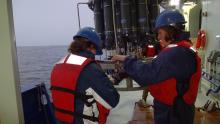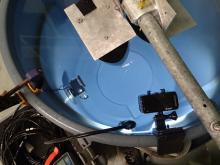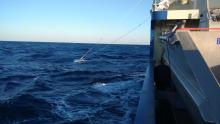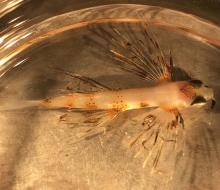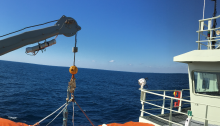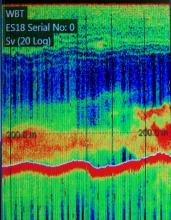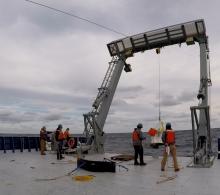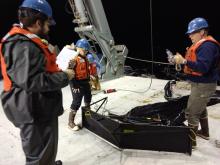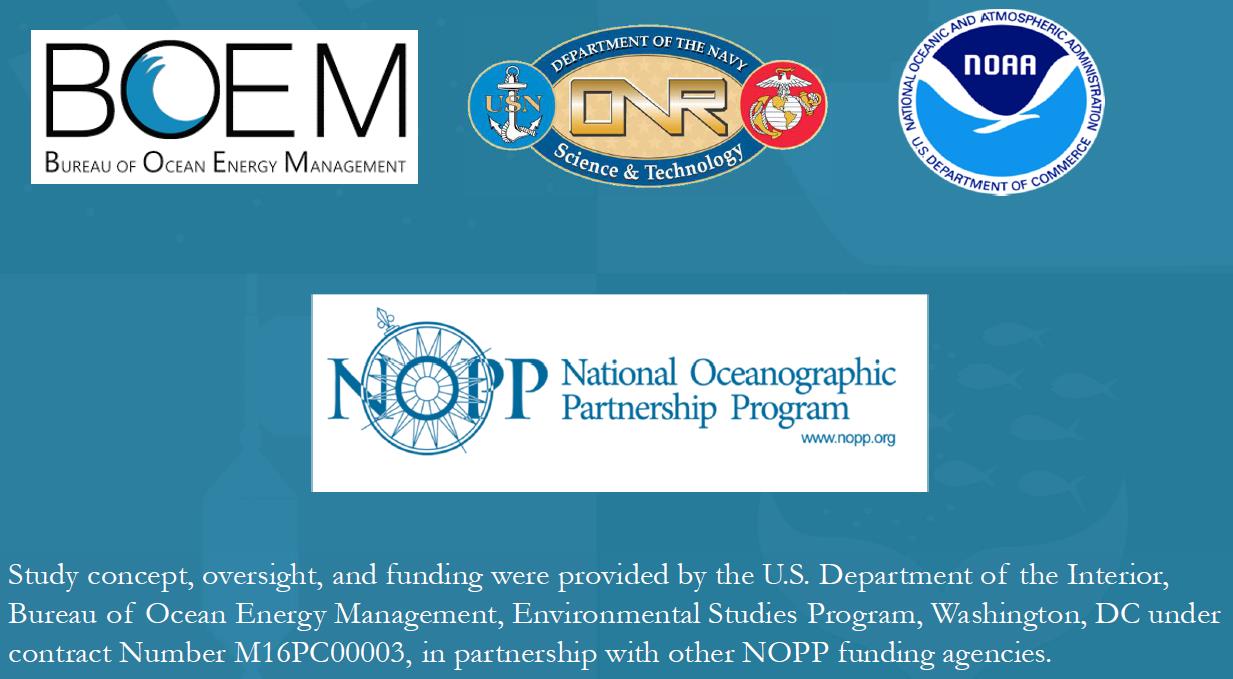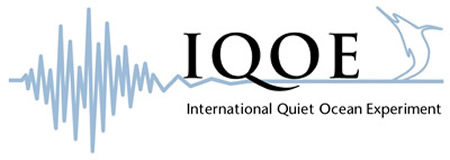Searching for Deep Water!
Today's blog was written by ADEON lead PI, Jen Miksis-Olds. Yesterday we deployed bottom lander #5 on the Blake Plateau in approximately 900 m of water. The evening was spent doing net tows and fine scale acoustic surveys to get more information about the small marine life in the water. During daylight hours, the day watch rotates through 90 min marine mammal observation (MMO) shifts. The MMO shifts have been a disappointment the past 2-3 days.

